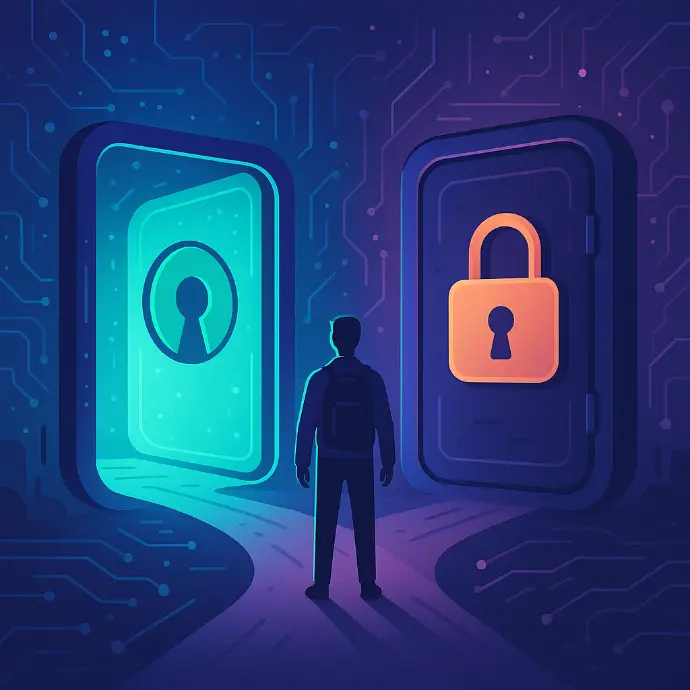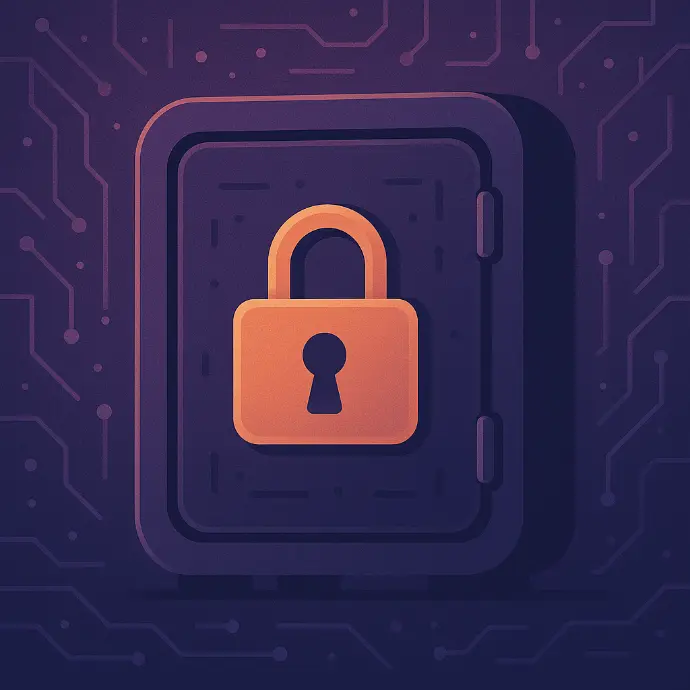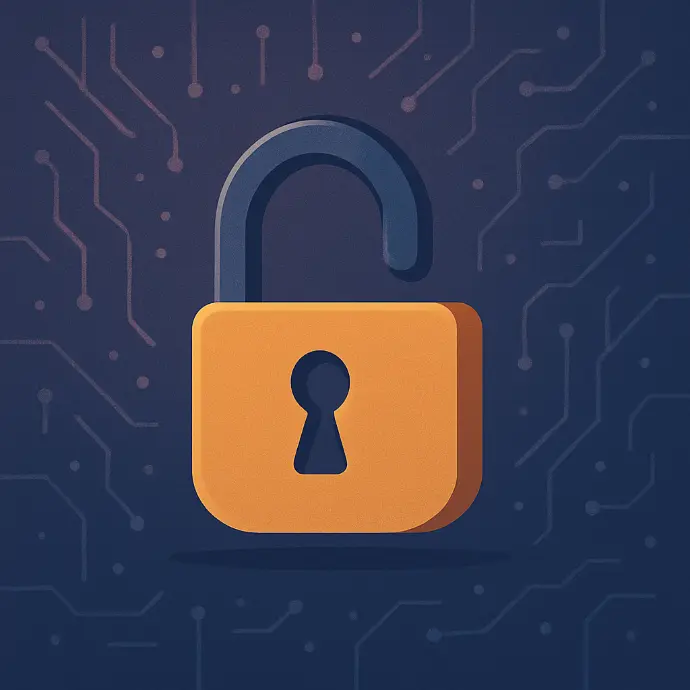
Proprietary vs. Open Source Software: A Technical Comparison
In the software world, two major camps clash: the supporters of proprietary software, whose providers such as Microsoft, Google and Adobe shape the digital infrastructure of many companies with cloud-based subscriptions, and the advocates of open source solutions.
Both sides have their advantages and challenges. I, too, use proprietary software - after all, there are good reasons for it - but I'm increasingly drawn to the world of open source.
Because I also asked myself the question:
Do I want to be the owner of my software or just a tenant in someone else’s ecosystem?
Many organizations today face precisely this tension between convenience and control, between proprietary, all-in-one solutions and open, self-determined alternatives. Especially since the GDPR, the debate surrounding the CLOUD Act, and rulings like Schrems II, this question is no longer merely ideological - it has become legally and operationally relevant.
Let’s have a look at the key differences.
Definitions: What exactly does “proprietary” mean – and what does “open source” mean?
Proprietary software refers to applications whose source code is closed and therefore not publicly accessible. It is usually licensed for a fee, and its use is subject to strict terms and conditions imposed by the developer - terms that are sometimes so extensive that you wonder what exactly you're getting yourself into.
Examples include Microsoft Windows, Adobe Photoshop, etc. - proven solutions that often make our lives easier, but also come with their own limitations. For example, the software generally cannot be modified or distributed independently.

Open source software, on the other hand, is open source and can be freely modified, self-hosted, and distributed. It can be thought of as an open book that anyone can read, edit, operate, and distribute.
Here we find solutions like Linux, Python, etc. - tools that allow developers to be creative and adapt. It's a space where anyone can contribute their ideas without having to wait for a vendor's approval.

Why many choose proprietary software
Despite the limitations, countless companies and individuals continue to consciously choose proprietary software – and not without reason.
Proprietary solutions often offer a high level of user-friendliness, seamless integration between different tools, and professional customer support, which larger organizations in particular rely on. Anyone who has ever worked with the tightly integrated nature of Microsoft 365—from Outlook Calendar to Teams to SharePoint—quickly recognizes the value of seamlessly interlocking systems.
Reliability and accountability are also important factors: Commercial software is often offered by companies with clearly defined responsibilities, service-level agreements (SLAs), and support teams available 24/7 in case of emergency. In comparison, the world of GitHub issues and community forums sometimes seems like the Wild West.
And then there's the innovative power enabled by the enormous financial resources of large software companies. Features like AI-powered tools in the Adobe Cloud or automated security checks in Google Workspace demonstrate how quickly innovation can be driven in commercial ecosystems.
In short: Proprietary software doesn't just sell a product—it sells a package of convenience, security, and productivity. But this very package can also become a trap.
The strengths of open source software: freedom and control reimagined
In contrast to proprietary software, open source software focuses on transparency. The source code is open to everyone, allowing users and developers to understand exactly how the software works—and whether it contains potential security vulnerabilities or data protection risks. This creates a tremendous level of trust and the opportunity for personal control.
In addition, open source enables exceptional flexibility: organizations can not only adapt software to their individual needs but also operate it themselves – independently of large providers. This means independence from large cloud providers – a decisive advantage with regard to data sovereignty and compliance.
Open source is also economically attractive: The solutions are generally available free of charge, without expensive license fees. Of course, there are costs for customization, support, or hosting – but the elimination of ongoing license costs significantly lowers the barrier to entry, especially for small and medium-sized businesses.
Another key advantage is the innovative power of the open source community. Many of the most significant technological developments of recent years have their origins in open projects: container technologies like Docker and Kubernetes, AI frameworks like TensorFlow or PyTorch, and web standards like Node.js or React. These innovations arise not despite a lack of funding, but precisely through collaborative development, openness, and genuine practical needs.
Last but not least, open source thrives on a committed community in which developers worldwide collaborate, learn from each other, and continuously generate new ideas. This collaborative dynamic often leads to open source projects responding more quickly to new requirements than established providers.
Open source is therefore much more than just a technical model – it is a stance towards freedom, self-determination and sustainable development.
Legal and political dimension: Data protection and data sovereignty in focus
In recent years, the discussion about software selection has long since expanded beyond technical and economic aspects. The question of where and how data is processed has become a central legal and political challenge.
The GDPR (General Data Protection Regulation) requires companies to handle personal data with care. This affects not only data security, but also the question of whether and how data may be processed outside the EU. Here, the origin and location of the servers on which software runs or data is stored becomes a crucial factor.
In the context of proprietary cloud services like Microsoft 365 or Google Workspace, this leads to problems: Services and data are often located in data centers around the world, some even in the US. This theoretically gives authorities access to data through laws like the CLOUD Act – regardless of the company's location. This scenario was further exacerbated by the European Court of Justice's Schrems II ruling, which found the data protection standards of US services to be inadequate.
Open source software offers advantages here because it can usually be deployed independently of specific providers and is often self-hosted. This allows companies to retain full control over the location and processing of their data - a crucial aspect, especially for industries with stringent compliance requirements (such as healthcare, public administration, or the financial sector).
Nevertheless, open source users must also ensure that they set up and operate their systems in a legally sound manner – data protection is not an automatic process, but an ongoing task.
This tension between convenience, control and compliance makes software selection more complex than ever - and requires decision-makers to have a deep understanding of the technical, legal and political framework.
Challenges of both approaches: Key pitfalls to consider
As tempting as the advantages of proprietary and open source software may be, no solution is perfect. In my own practice, I've repeatedly experienced the downsides of both worlds.
With proprietary software, dependencies are paramount. Companies often become "tenants" of an ecosystem they can barely leave without significant effort or data loss. License and update costs can rise significantly over time and often become a fixed, if not growing, item in the IT budget. Added to this are serious data protection concerns: When data is stored in large cloud systems from Microsoft, Google, or other external providers, the question of control and protection of one's own information arises – especially in times of GDPR, Schrems II, and global data access rights.
Open-source software, however, is not a "free" all-inclusive package. Formal support, as is common with commercial providers, is often lacking. While there are active communities, you can't always count on quick, reliable help. For companies, this means they either have to build their own expertise or purchase external support – which in turn entails costs and effort. The maintenance effort for updates, security patches, and customizations often falls on the user themselves. Last but not least, many open-source projects are often less beginner-friendly, which can hamper acceptance among less tech-savvy employees.
From my own experience, I can say: The choice is rarely black and white. It's about consciously planning for the respective challenges and clearly weighing up which compromises are acceptable - because comfort has its price, and freedom requires responsibility.
Open Source in practice: Adding freedom to work
Open source software is no longer a niche phenomenon. Companies, government agencies, and institutions around the world are turning to open source solutions - demonstrating that open source is not just a technical decision, but also a strategic one.
Linux is probably the best-known example: It powers a large portion of web servers, cloud infrastructures, and even many smartphones (Android is based on it). Companies like IBM, Google, and Facebook invest heavily in the further development of open source projects because they understand the importance of maintaining control over their systems.
In everyday office life, tools like Odoo (ERP-system), Nextcloud (for cloud storage and collaboration), and ONLYOFFICE (a free office suite) are also gaining increasing traction, as they seek to work independently of large providers. The German federal government, for example, has set a clear course with its open source strategy to strengthen digital sovereignty.
It's not uncommon for organizations today to combine hybrid approaches: They use proprietary software for certain core processes, but also rely on open source solutions to regain flexibility and control. Integrating open source with commercial support (e.g., from specialized service providers) can mitigate many of the challenges mentioned above.
In short: Open source is practical, versatile and on the rise – especially for those who don't just want to use software, but actually own and shape it.
Personal reflection: My path between freedom and comfort
I, too, regularly ask myself which software best suits my needs and values. I've learned that the perfect solution rarely exists.
I still use proprietary software, especially when it comes to convenience, integration, and fast results. Especially in my day-to-day work, I value the reliability and support offered by established providers.
At the same time, I'm increasingly drawn to the world of open source. The ability to truly own software, understand it, and adapt it gives me a sense of control and freedom that I don't want to miss. Especially in times when data protection and digital sovereignty are so important, I realize how valuable this independence is.
It's not a question of "either/or," but rather a conscious "both/and." A conscious, reflective approach to software can help you leverage the advantages of both worlds while simultaneously overcoming their challenges.
Conclusion: Freedom or comfort – or both?
The decision between proprietary and open source software is not a rigid dogma or a purely technical question, but always a question of digital strategy and the appropriate use case.
Convenience, integration, and support clearly speak in favor of proprietary solutions. At the same time, transparency, control, and flexibility are strong arguments for open source. Not every company needs to host everything itself - but every company should be aware of the risks associated with a long-term commitment to proprietary cloud services, be they legal, technical, or financial.
Open source is no longer a "nerd alternative." It's an equally valid, often even superior, option - provided you're willing to learn the basics.
My call to action: Make informed choices – based on a clear understanding of your needs, values, and long-term vision. Instead of sticking to one ideology, it’s more valuable to embrace the best of both worlds and build a tailored, future-proof software ecosystem.
Because in the end, it's not about being either the complete owner or just a tenant in the software ecosystem - it's about being self-determined and informed about using the freedom and convenience that modern software offers today.
For better orientation, here is a short comparison to help you find the right path for your requirements.
Question | Proprietary (e.g. Microsoft) | Open source (e.g. ONLYOFFICE, ...) |
|---|---|---|
| Quick start | ✅ Yes | ❌ possibly complex setup |
| GDPR compliant when using the cloud | ❌ Restricted | ✅ With self-hosting |
| Full data control | ❌ No | ✅ Yes |
| Variety of functions out of the box | ✅ High | ⚠️ varies depending on the solution |
| Customizability | ❌ Restricted | ✅ High |
| Avoid vendor lock-in | ❌ No | ✅ Yes |
| Internal effort (maintenance) | ✅ low | ❌ higher (depending on know-how) |
What’s next
In an upcoming series of articles, I'll present various open source solutions like ONLYOFFICE, Bitwarden, and others in a practical way. I'll show how these tools work in everyday life and how they compare functionally to established proprietary software offerings.
Spoiler....
Those who use open source wisely not only save costs – but also gain control and security.”